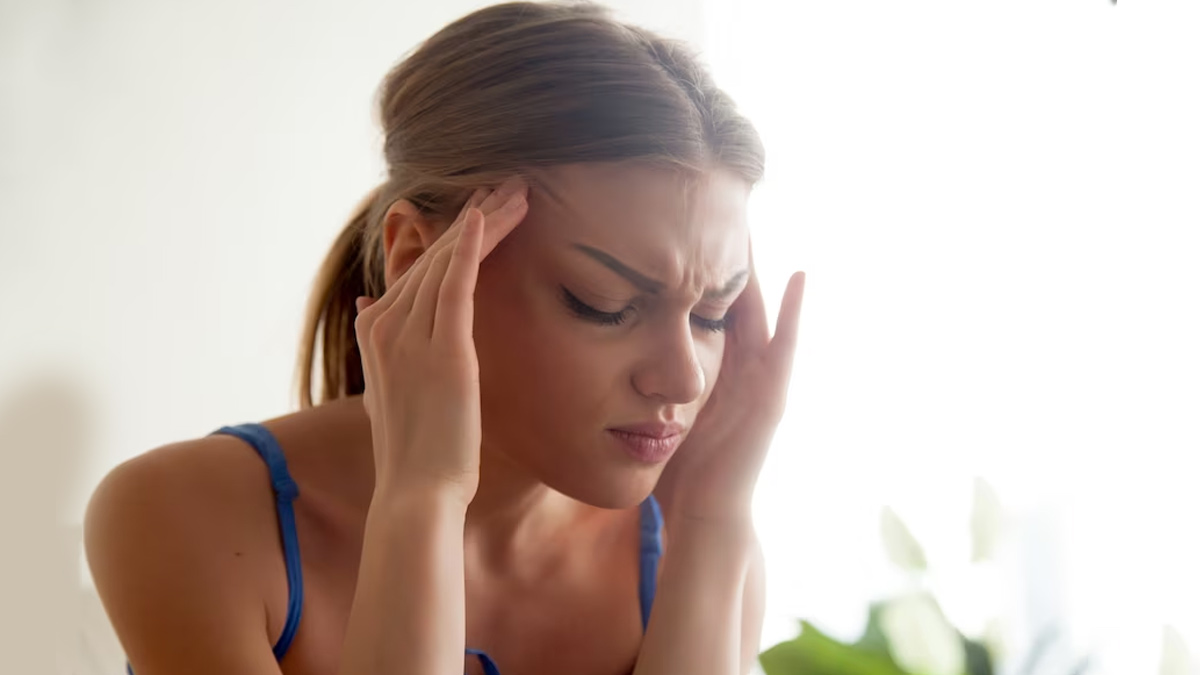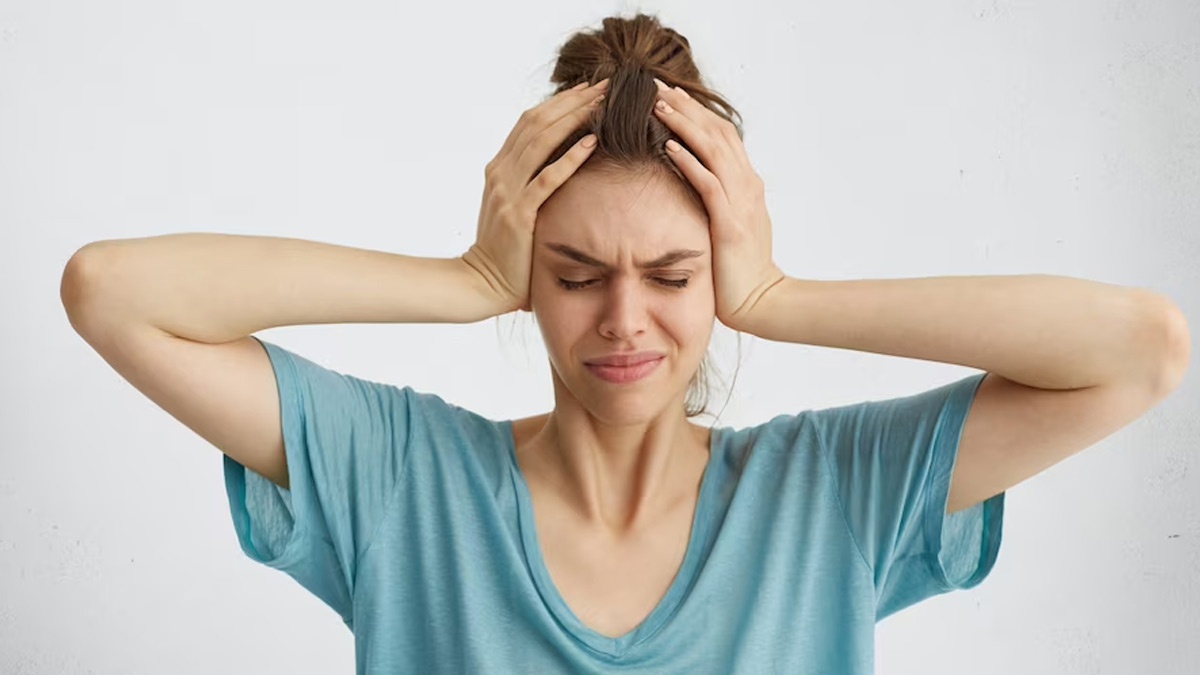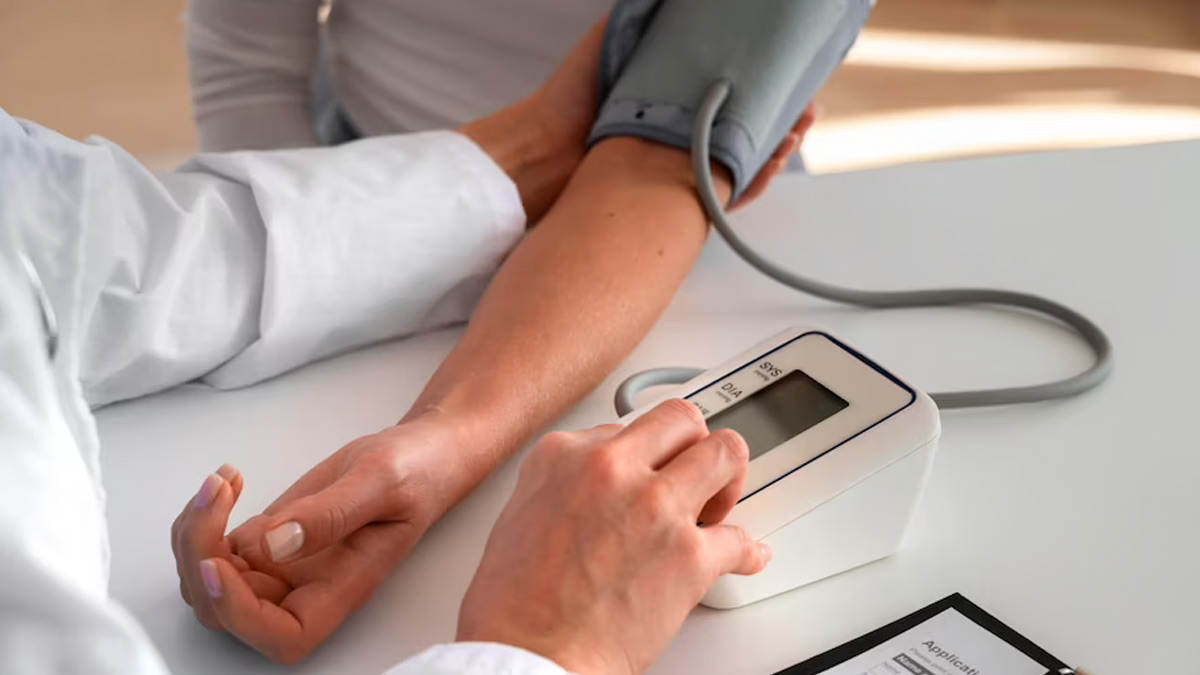
Low blood pressure is not as concerning as high blood pressure. Usually, with proper rest and fluid-intake, you can recover from it within a few hours. However, understanding the cause of the problem is integral, so as to avoid similar complications in the future. According to Dr Rajeev Gupta, Director-Internal Medicine, C.K. Birla Hospital, Delhi, several factors can cause a low blood pressure or hypotension. It is a common condition that affects people of all age groups and depending on the cause, one can receive necessary treatments. In an interaction with the OnlyMyHealth team, Dr Gupta shares some useful tips to manage it.
Table of Content:-
Also Read: Is Headache A Sign Of Low Blood Pressure? Here's How You Can Tell
What It Means To Have Low Blood Pressure?

“Low blood pressure, often known as hypotension, is a common health concern defined by a blood pressure reading of less than 90/60 millimetres of mercury,” said Dr Gupta. According to him, the majority of the people suffering from this condition are asymptomatic, but when it does produce symptoms, they are generally unpleasant, such as dizziness and fainting.
Hypotension is said to be more prevalent in elderly people and those who have a coronary heart disease. A small study found that 25.7% of elderly patients and 22.6% of individuals with heart problems experienced a high incidence of low blood pressure.
Symptoms Of Low Blood Pressure To Watch Out For
Some of the most common symptoms of low blood pressure include:
- Dizziness or lightheadedness, which may be followed by a risk of passing out or fainting
- Nausea and vomiting
- Impaired or distorted vision
- Shallow and fast breathing
- Feelings of weakness or exhaustion
- Feeling excessively sleepy or weary, making it difficult to focus
- Unexpected behavioural changes, such as agitation or strange acts
Common Causes

Most symptoms of low blood pressure collectively indicate a potential reduction in blood flow to the brain, emphasising the significance of addressing low blood pressure. However, there are a variety of causes. These include:
- Pregnancy, as hormonal changes during pregnancy might impact blood pressure management
- Hormonal issues, such as hypothyroidism, diabetes, or hypoglycaemia (low blood sugar)
- Certain over-the-counter and prescription medicines used to treat diseases like high blood pressure, depression, or Parkinson's disease
- Cardiac failure and irregular cardiac rhythms, known as arrhythmias, can interfere with the heart's normal pumping motion, resulting in low blood pressure
- Illnesses, such as heat exhaustion or heat stroke, as well as liver disease
According to Dr Gupta, it is critical to discover the underlying reason behind low blood pressure in order to decide the best treatment and care.
Also Read: Obstructive Sleep Apnoea: How To Reduce Risk For Better Heart Health
What To Do If You Have Low Blood Pressure?
In light of low blood pressure, the objective should be to increase blood pressure and alleviate symptoms, said Dr Gupta. There are numerous options available depending on age, health, and kind of low blood pressure:
Add additional salt: It is normally advised to minimise salt (sodium) since it can significantly boost blood pressure. For people with low blood pressure, this can be beneficial. However, too much salt can cause heart failure, especially in elderly people. As a result, before increasing your salt intake, consult your doctor.
Drink plenty of water: Fluids help avoid dehydration and can raise blood volume, both of which are vital in the treatment of hypotension.
Put on compression stockings: These elastic stockings, also known as support stockings, are often used to treat the discomfort and swelling caused by varicose veins. They improve blood flow from the legs to the heart, hence reducing the risk of low blood pressure.
In addition, you can change your body positions, meaning gently move from lying flat or squatting to a standing position and avoid sitting with your legs crossed, suggests Mayo Clinic.
Conclusion
Unlike high blood pressure, low blood pressure is not a disease. It is a condition that occurs when the heart, brain, and other parts of the body do not get enough blood. The symptoms associated with low blood pressure can be resolved by adhering to measures listed above. However, speaking with your doctor is the best way to approach it.
Also watch this video
How we keep this article up to date:
We work with experts and keep a close eye on the latest in health and wellness. Whenever there is a new research or helpful information, we update our articles with accurate and useful advice.
Current Version